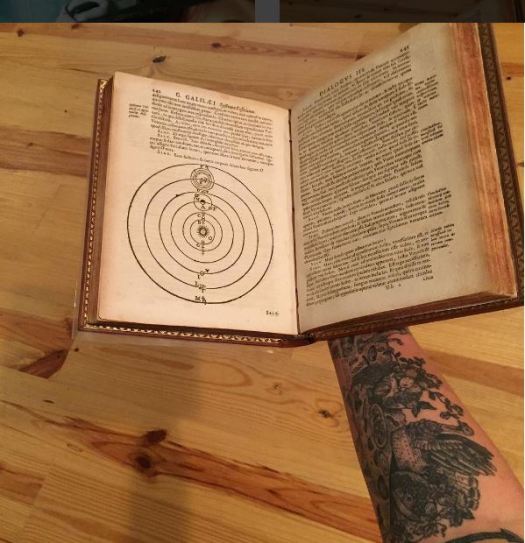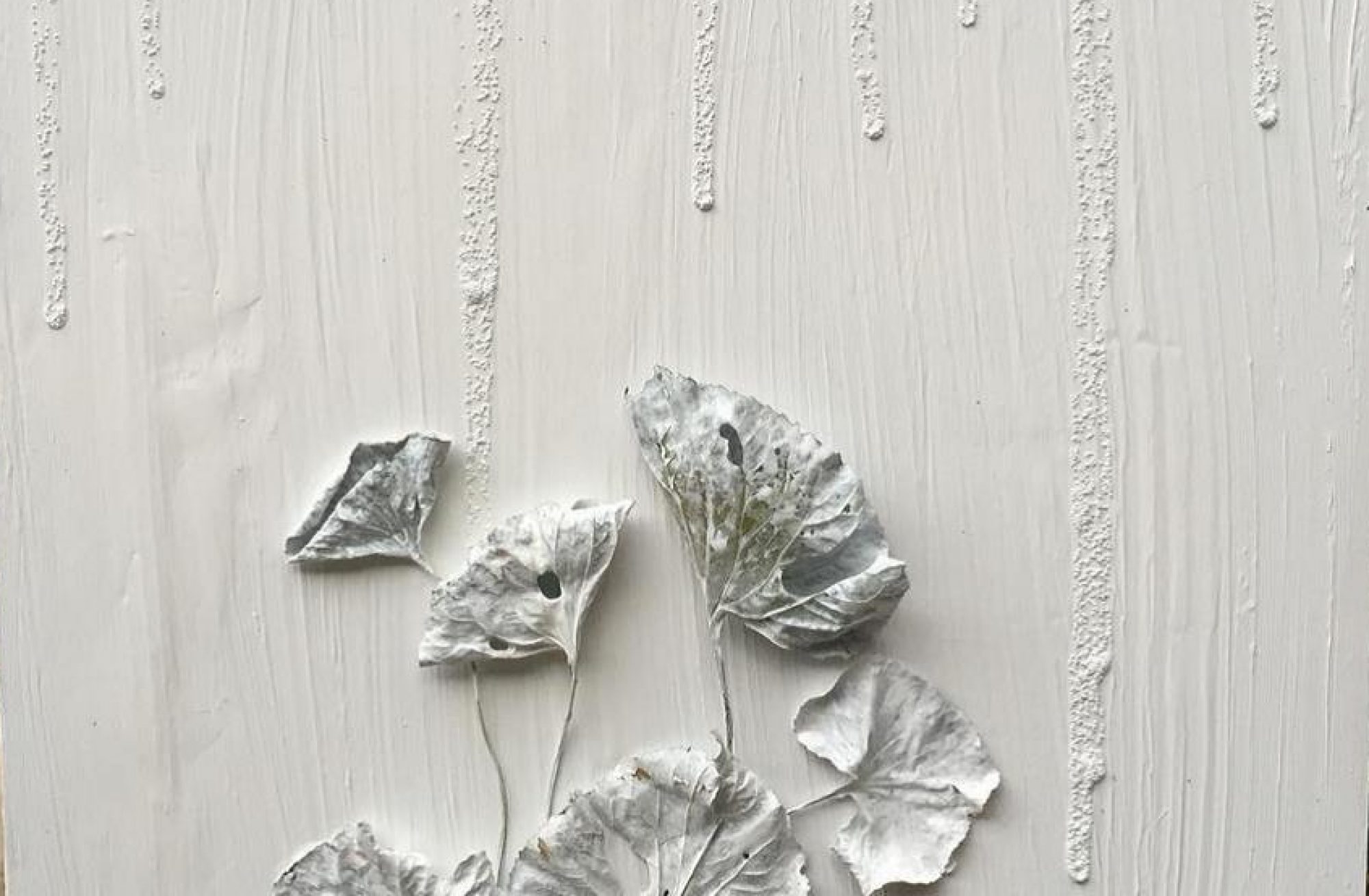Recently I set a goal to work towards gallery representation for my art (if I say it publicly, then I’m committed to doing the work, right?) and one of my first steps in that is to update my art page with some more recent (and organized!) samples, plus create a publicly-accessible artist’s CV. I am still in the early stages of my two current projects (Magic/k and Southern Wilds, which doesn’t have any completed pieces yet), so the boundaries around what those are and how I describe them will evolve as time goes on. I’ll also be adding more images to my portfolio soon as I get everything photographed, so check back regularly for updates!
Citation milestone!
Do you know when you don’t look at your paper citations for a while, then you do, and think ‘wow I had no idea I had reached this huge milestone at some point this year?’
I hadn’t checked my Google Scholar profile for a few months, and during that time my citations shot up to over 100 (as of this writing, I’m cited in 104 places).
I’m cracking open a bottle of champagne (ok, sparkling wine) this evening to celebrate.
Dark Arts Gallery
I was asked to include my work in an online-only exhibition–which is my first show done in a digital, rather than physical, space. There are some other great pieces in there, and the gallery owners are encouraging visitors to vote for their favorites. You can check out the gallery here!
Nothing gets an author excited like…
…a shiny new LOC name authority! My book had been listed under another Julia Skinner (who oddly enough also has written books about English food history), but the good folks at Library of Congress were very helpful and got my work disambiguated quickly.
Celebrating tonight with whatever the appropriate food/beverage combo is for such an occasion!
Rare books and archives instruction resources
Today one of my colleagues asked for resources on teaching book history and teaching with rare books in university classrooms. This is one of my favorite things to do (and something our outreach archivist, JoyEllen, and I do very regularly), and her listserv post got me thinking about our approach to instruction.
When the two of us started, we had enjoyable and (hopefully) useful instruction models to work with, but were concerned about two things: First of all, that our sessions seemed to not fully engage students. It was a lot of talking and show and tell, and not that much hands-on experience or critical engagement with concepts. Second, was that we felt like we were coming in and showing students ‘cool stuff’ but not making it relevant to their lives and scholastic careers.
This was particularly an issue for our freshman seminars, where we felt that having two separate tours and talks (one for archives and one for rare books) could feel boring and repetitive, and didn’t give students the opportunity to synthesize an understanding of what primary sources are and why they matter. To address this, we developed a new freshman seminar instruction model that combined the two, and gave students some experience identifying and working with primary sources, while also thinking about when those sources could be used in their own research.
We also developed a second module for other courses, based largely on my background with book arts and book history, and my experience thinking of the book as a technology. One thing that I think is very important when working with rare books is not to simply think of them in terms of their contents, but to also consider their structure, traces of use (marginalia, etc.–also fun fact, ‘traces of use’ is my favorite term on the planet), and what these tell us about the book’s intended vs. actual function. To do this, we talk students through the development of the book as a technology with a focus on how technological innovation can help or hinder information access, and how that access (or lack thereof) might have broader societal implications.
Both instruction session types are highly flexible–we have a basic idea of what we want to cover, but we adjust what materials we bring and some of what we cover based on a particular course (e.g. spending time at the end to talk about book art for a design course, vs. spending time talking about the publishing history of a given author for a literature course). Both types also include a hands-on component: Our materials were purchased with the intent to be used by students, researchers, and community members, so it’s exciting to get them out of the stacks and into people’s hands.
For the most part, I’ve done these kinds of presentations (particularly the second one) from memory, and have not written down much of my process. Today’s Exlibris thread, however, inspired me to write it down and share it with colleagues. To help more folks who are designing instruction sessions, I’ve put what I have in this Dropbox folder. It includes:
- Two in-depth handouts covering the history of the book. These were made for my instruction sessions with Common Good’s prison education initiative this spring, and are too detailed for most classes, but I find them valuable to pull from to make smaller, more focused handouts as needed.
- An outline document giving a step-by-step of how we run our classes for 1101 classes (freshman seminars) and for our technology of the book sessions.
- Two handouts that JoyEllen brought in to our 1101 sessions for students to use in analyzing primary sources.
I hope these are helpful for colleagues–and if you use our materials, I would love to hear how they work for you! I am always evaluating our instructional offerings to make sure we’re teaching the best classes we can, so knowing what works and doesn’t elsewhere is a huge help.
Next up I’ll be making a standardized handout for our book as technology sessions that I can add to as needed: It will be a timeline that maps the specific artifacts we use to larger historical contexts. I’ll add it to the same folder when it’s ready!
Handy Books Exhibition
If you’re at the Center for the Book in Iowa this fall, make sure to check out the Handy Books exhibition, including this upcoming symposium and opening reception. I’m really excited to be a part of this exhibition, because it uses historic examples as the basis for artists’ responses (BUT those responses have to consider movable components of the book beyond the usual function of a codex). I created a piece that moves well beyond the codex form, using three egg shapes with movable components to tell a story (you can see a video of it in action here).
I used two examples from the Bentley Museum’s collection: A dissolving picture book, and a fragment of a microfiche Lunar Bible housed in a Faberge egg. The good folks at UICB posted a few photos as teasers before the opening, and I am *so excited* to see all the great works that my piece was put in conversation with. As always, they have done an amazing job, and I can’t wait to see the rest of the exhibit once it opens!
One last note: I’m especially happy about this exhibit because it’s one of four (!) I’ve been in so far this year (if you know me IRL you know that I historically was pretty shy about sharing my art, so that’s a big deal). I don’t see that train stopping, so expect to see more of my art in public spaces moving forward!
An Announcement (Drumroll please)
I’m beyond excited to announce that I’ll be serving as the new Editor for the Fine Press Book Association’s journal, Parenthesis. The journal combines theory and practice in a way I really enjoy, and I have some big shoes to fill from the previous editors, who have cultivated a journal known for its strong reviews and compelling writing. Is there something new you want to see in the journal? Something we’re doing already that you love? Let me know in the comments!
A very old pie
The kind folks from FoodStuff came by recently so we could make an apple pie recipe from the 1600s and talk a bit about the history of cookbooks, recipe layout, and more (remember the Modernizing Markham project I did years ago? This recipe is from there). You can see the video on YouTube or their Facebook page, as well as link out to their full podcast on the history of apple pie.
I brought a copy of The English Housewife along to show them (before my hands were covered in flour), and it was exciting to do a food history thing to go along with my most recent hospitality industry collaborations, which have been beverage-oriented. Enjoy!
Culinary Memory Catalog…
…Is up in our Archives’ digital repository (with huge thanks to my colleagues JoyEllen Freeman and Armando Suarez). If you aren’t able to get to the exhibit and want to see what artifacts we used or access the catalog for research, go to this link.
Added bonus: You can see our ever-growing collection of collection finding aids, catalogs from past exhibits, and more. We’ve been making finding aids and inventories of different intellectual areas within our collection so that researchers and other interested folks have multiple access points to understand what we have under a given topic. Keep an eye out for more information about our culinary history collection (which includes the Pavesic Restaurant History and Reference collection), and our children’s literature.
Bringing rare books to a prison classroom
Just like I did for my recent rare book and beer pairing event, I wanted to share a few quick thoughts about the work I’ve been doing with incarcerated scholars in the hopes that it’s helpful for other rare books/museums folks who want to include prisons in their outreach iniatives. I have a million other thoughts about how amazing and challenging it is, but this post is just for quick outreach take-aways.
Why do this?
By now it’s no secret that my goal in life is to bring rare books (and museum artifacts in general) to people who want to learn from them but have never been given the opportunity (serving underserved populations, if you want to use field lingo). When I think about a population that is underserved in pretty much every possible way, I think of people who are incarcerated. Many current and former prisoners can’t vote, have limited access to educational resources in prison, and have trouble finding work or funding for an education once they are released. This is in addition to the fact that few prisons offer meaningful programming that discourages recidivism, even though such programs (like Common Good, or like this rehabilitation work) are effective and badly wanted by prisoners.

Continue reading “Bringing rare books to a prison classroom”


